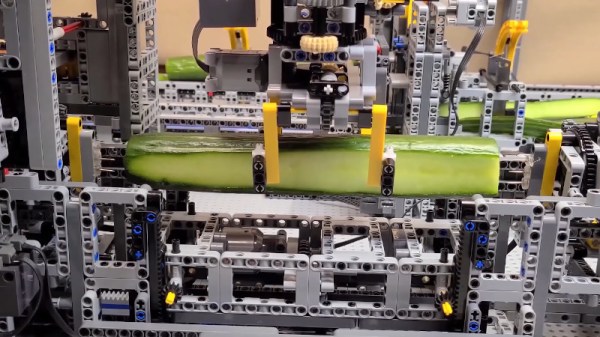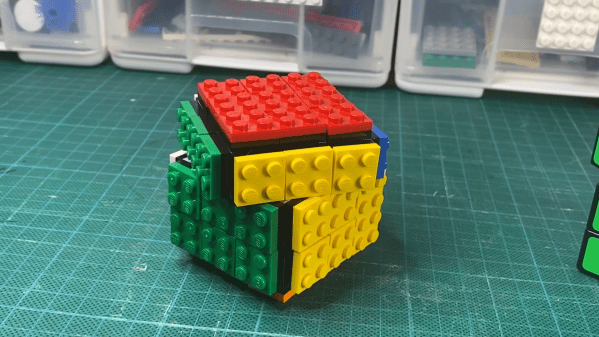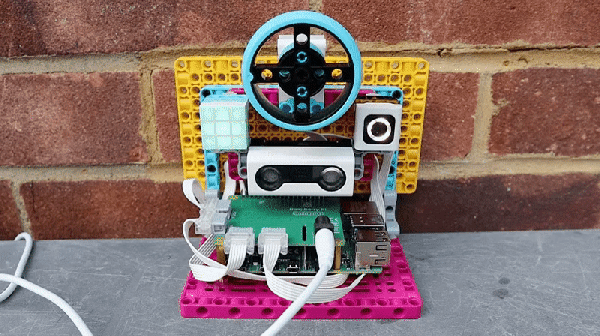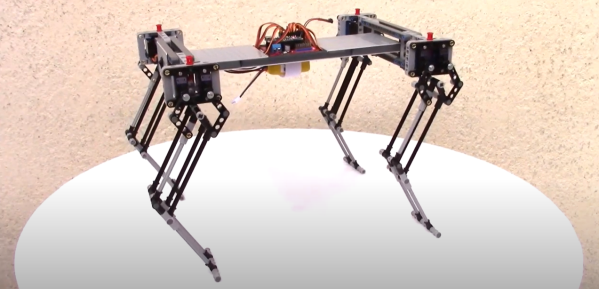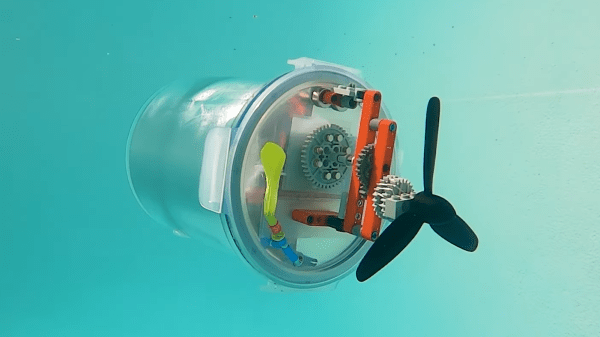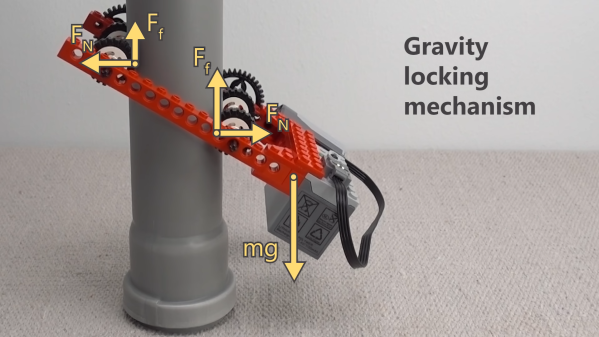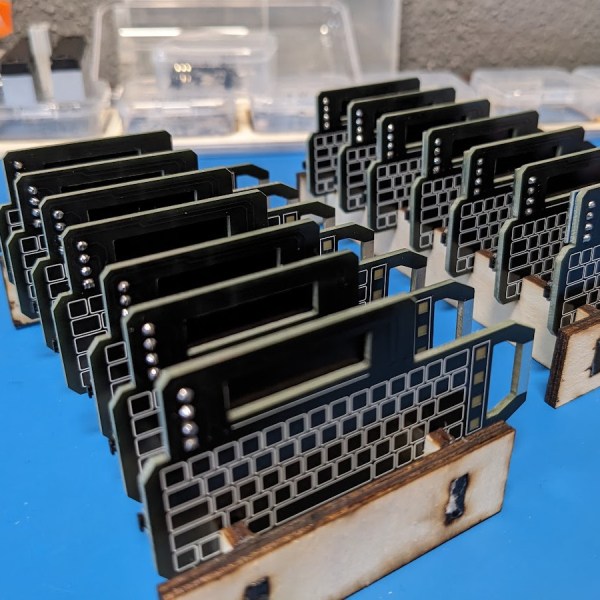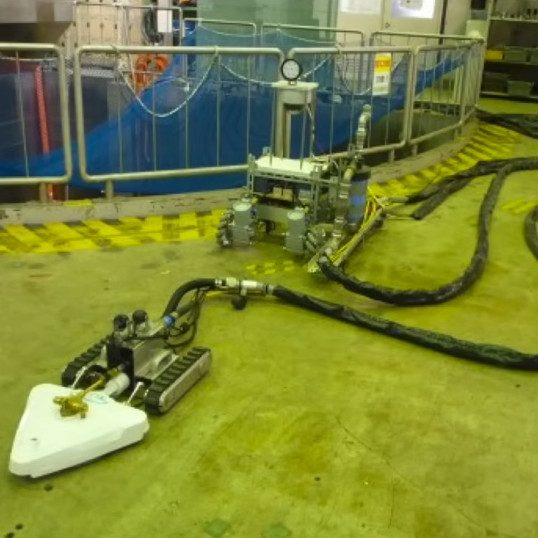How far are you prepared to go to build a novelty seasonal ornament? Maybe a gingerbread house, or perhaps a bit of 3D printed glitter to hang on your Christmas tree. For [The Brick Wall], none of this was enough. Instead what was needed was a complete LEGO automated factory that builds a log cabin, from the unlikely raw material of cucumbers.
What has been created is the LEGO equivalent of a timber mill, with the various machines served by an overhead gantry crane. The cucumbers are trimmed to square, before being transferred to a saw which cuts out the notches for the interlocking corners. Another saw line chops the sections around door and windows to length, and finally the roof planks are cut in a vertical saw. The video below is reported as taking 83 days to complete from planning to filming, and 18 cucumbers to build the house. We’re not sure the cucumber will become a regular building material, but we salute the effort involved here.
Though this may be one of the biggest we’ve seen, we’ve featured many LEGO machines making things before.

